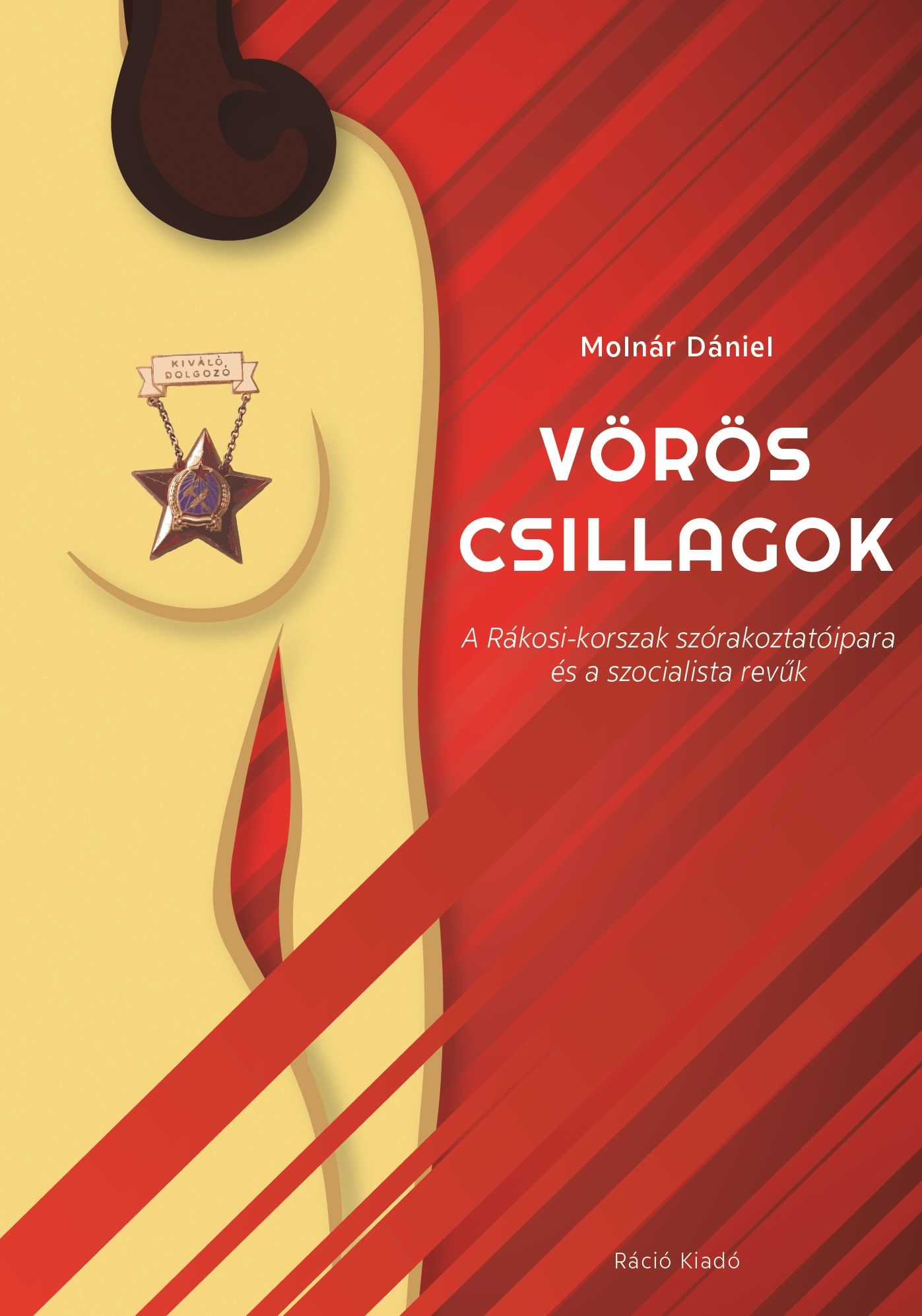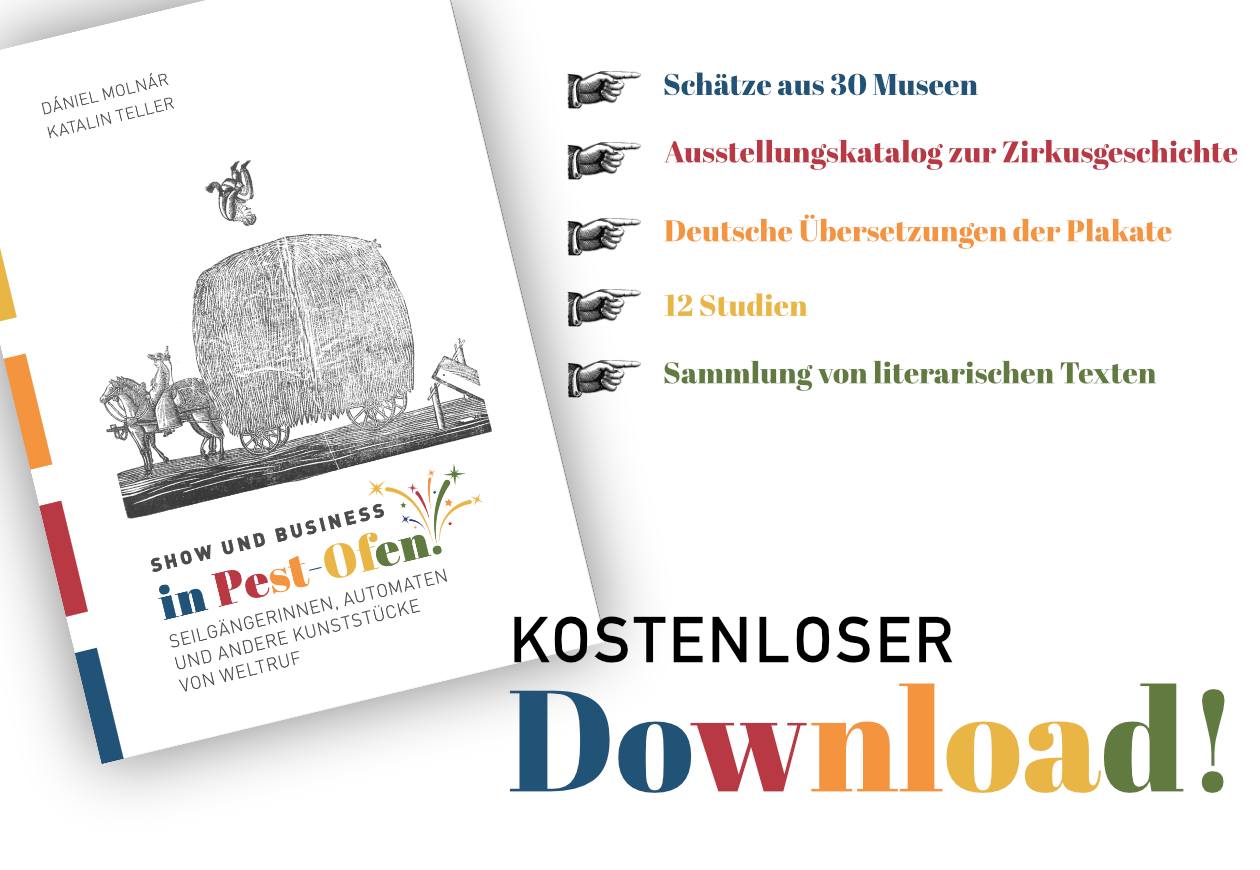'Oh what a scene! What a joy!' Darstellungen der Südtirolfrage in Chess - Das Musical, 1984
The representation of the South Tyrol question in Chess - The Musical, 1984
One night in Merano? And what happens on that mountain? Tracing the Rice-Andersson-Ulvaeus musical and its iterations.
In: Populäres Musiktheater in der Alpenregion, Waxmann
'Striptease Hungarian Style' - Boundaries and control of eroticism in Budapest music halls and nightclubs, 1945-1968
The tale of how sexual exploitation became an overnight socialist phenomenon in Budapest; and what did the Vatican had to do with this?
In: The Watchful Society. Collegium Carolinum LMU München
Entertainment on the Ruins of Berlin – The Spadoni Agency and the Palast-Varieté 1945-47
The wild story of how did Marion Spadoni establish a music hall in 1945 Berlin, which became known later as the Friedrichstadt-Palast.
In: Historical Studies on Central Europe, 2022
A pesti varietészféra a két világháború között
Music hall and entertainment in Budapest in the interwar period
A concise summary of an era which was at least five different eras.
In: Art Deco Budapest. Plakátok, tárgyak, terek 1925-1938. Szépművészeti Múzeum - Magyar Nemzeti Galéria, 2022
A szeszély palotája: az Oroszi Caprice
A whimsical palace: the Oroszi Caprice
The story of Anton Oroszi a.k.a. Caprice, who was presumably the first successful homosexual in Hungarian showbiz.
In: Az ismeretlen Uránia. Ed.: Zsófia Buglya, Uránia Nemzeti Filmszínház, 2021 p. 85-105.
288 metres of velvet, 16 pairs of shoes, 12 yellow top hats, 5 bathtubs... – The staging and the cultural impact of the 1925 production of Halló, Amerika! in the Budapest Operetta Theatre
The show which established the showgirl-phenomenon in Hungary: an all-American revue featuring girls from England and singers from Budapest.
In: Studia Musicologica
Labacensia 5. Ed.: Jernej Weiss, Festival Ljubljana, 2021 p. 179-211.
’Revues have no allowances,
but requirements...’ – Set and costume design for the socialist revues in Budapest, 1949-1952
Or how to create a revue without timber, canvas and fairydust to brainwash the audience?
In: Popular music theatre under socialism – Operettas and musicals in the Eastern European States 1945 to 1990. Ed. Wolfgang Jansen. Universität Freiburg - Zentrum für Populäre Kultur und Musik, Band 30. Waxmann, 2020 p. 43-71.
‘A Whirlwind from the Puszta’. Hungarian and Hungarian Style Variety Acts in Berlin, 1920–1961
Hungarian themes and representation in the Großvarietés of Berlin through the ages.
In: Acta Ethnographica Hungarica 64. 2019 p. 211-226.
Művészi elgondolás: Miss Arizona és Rozsnyai Sándor. Az Arizona Revue Dancing műsora és hatáskeltő elemei, 1932-1944
Artistic concept: Miss Arizona and Sándor Rozsnyai. The shows of the Arizona Revue Dancing, 1932-1944
The story of the couple who put Budapest on the map of international showbiz in the 1930s.
In: Replika, 2017/1-2. p. 89-118.
A szocialista szellem vasútján túl: A városligeti Vurstli és az Angol Park átalakítási tervei 1949-1950
Beyond the socialist ghost train: transformation plans of the amusement park and side-shows, 1949-1950
How to nationalise a merry-go-round and a 'Lilliputian revue'?
In: Kultúra és Közösség, 2016/IV. p. 19-28.
A jazz és swing szerepei a pesti revűkben 1949-1952 között
The role of jazz and swing in the Budapest revues between 1949-1952
Jazz was officially discarded by the Stalinist system. But being extremely popular, it was impossible to erase it from the shows...
In: Magyar Jazzkutatási Konferencia. Ed.: Géza Gábor Simon, 2016 p. 82-91.
A játék vége – A pesti mulatók és varieték szabályozása 1945-től az államosításokig
Regulation of Budapest nightclubs and music halls from 1945 until the nationalisations
The title is pretty straightforward; an analysis of political attitudes towards the heritage of the 'Budapest Broadway' after 1945.
In: Interdiszciplináris
párbeszéd 2. Ed.: Károly Veress, Kolozsvár, 2015 p. 125 - 142.
A Fővárosi Víg Színház, és a párizsi Folies Bergère,
1951-1952
The Municipal Comedy Theatre and the Folies Bergère 1951-1952
Twin towers on the two sides of the Iron Curtain: continuity and design in the work of Michel Gyarmathy and Eric Vogel.
In: Tolnay 100 Színháztörténeti konferencia 2014. Ed.: Ildikó Sirató, 2015. p. 159-170.
Szocialista bohóckáderek, 1949-1953
Socialist clown cadres, 1949-1953
Being a clown during Stalinism was not a joke. An article about Hungarian circus practices in the 1950s.
In: Sic Itur Ad Astra 63. 2013, p. 179-192.




